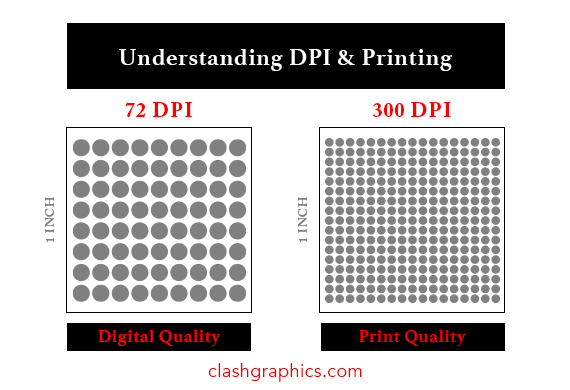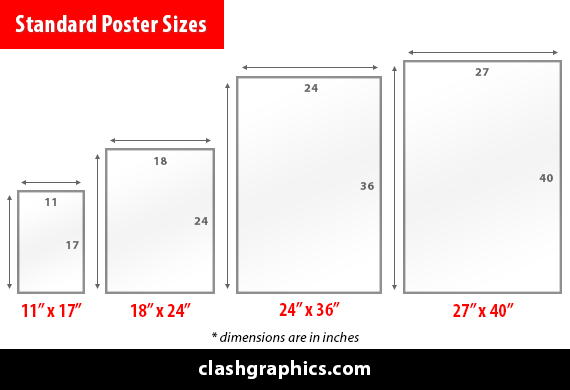Types of Wayfinding Signs and Their Purpose
Posted by Clash Graphics on 23rd May 2021
Prevent your visitors, guests, and shoppers from getting lost. Knowing where to order and how wayfinding signage helps people navigate locations will help you create and install proper signage. clashgraphics.com gathered the following information…
read more





